Don't let by those picked-over supermarket shelves stress you. It's easier than you might think to grow fresh veggies and herbs for yourself and your family.
17 Easiest Foods to Grow at Home
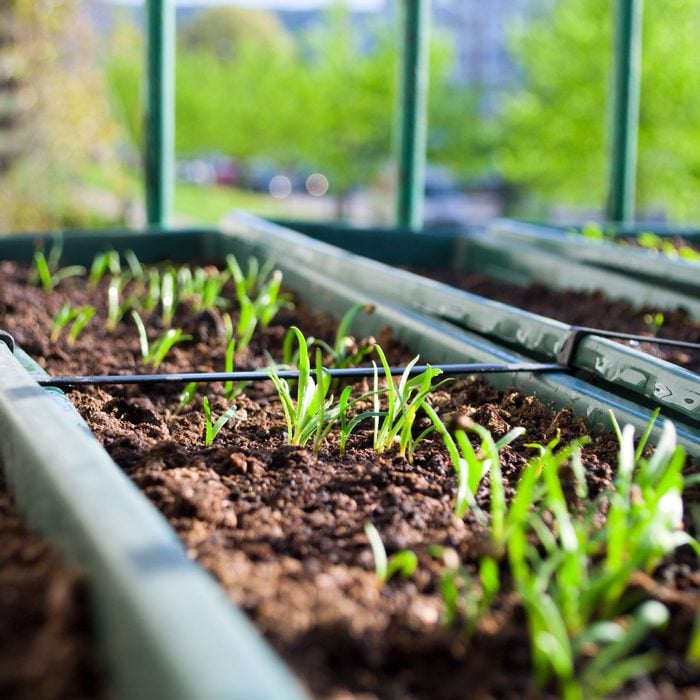
First, Don’t Panic. There’s No Shortage of Food.
As alarming as it is to see bare shelves in the supermarket, food producers and reports from the USDA say there’s plenty of food to go around. Unfortunately, news of the coronavirus has scared us into panic-buying and hoarding. Sometimes we can’t find the basic foods we want, like lettuce for salads, tomatoes for sauces and stews, and pantry staples like dried beans and spices. Then again, some of us are avoiding going into the stores at all, unsure how to protect ourselves from this invisible enemy.
All this has led to a bump in buying seeds and plants and searching for gardening tips online, so we can grow produce at home. The good news is that many fruits and veggies are easy to grow, even for beginners. They’ll thrive whether you’re gardening in a backyard plot or in containers on your patio, porch or apartment balcony.
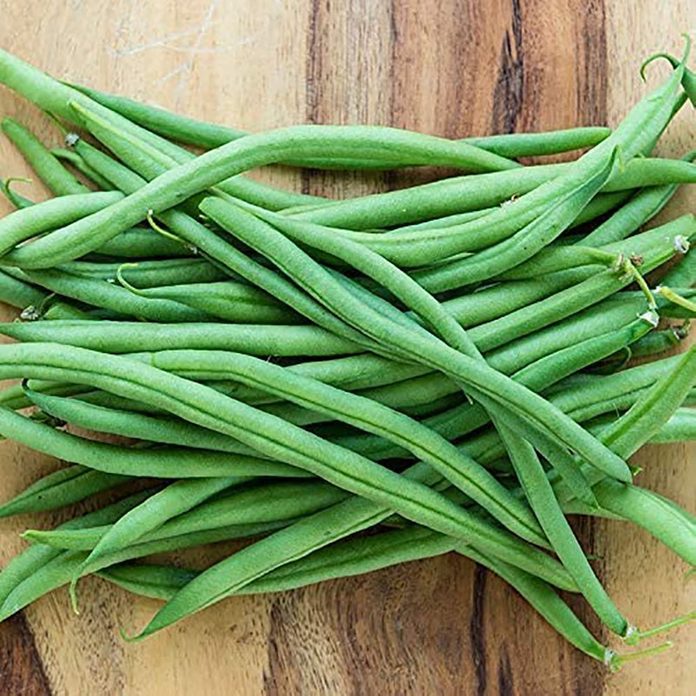
Grow Beans in a Snap
$2.96
You might be surprised to learn you don’t need a big garden to grow green beans. Bush beans are space-savers, but you can also grow beans vertically by choosing pole varieties and training their vines onto a trellis, fence or other support. Full sun, regular waterings and moderately rich soil will pay off in a plentiful harvest. And beans don’t need much fertilizer, although they’ll benefit from a side dressing of compost in mid-season if you didn’t work much compost into the soil before you planted. Check your seed packet to know approximately when your variety will be ready to harvest, and keep the plants picked so they’ll keep producing. Freeze or can your green beans to enjoy them all year long.
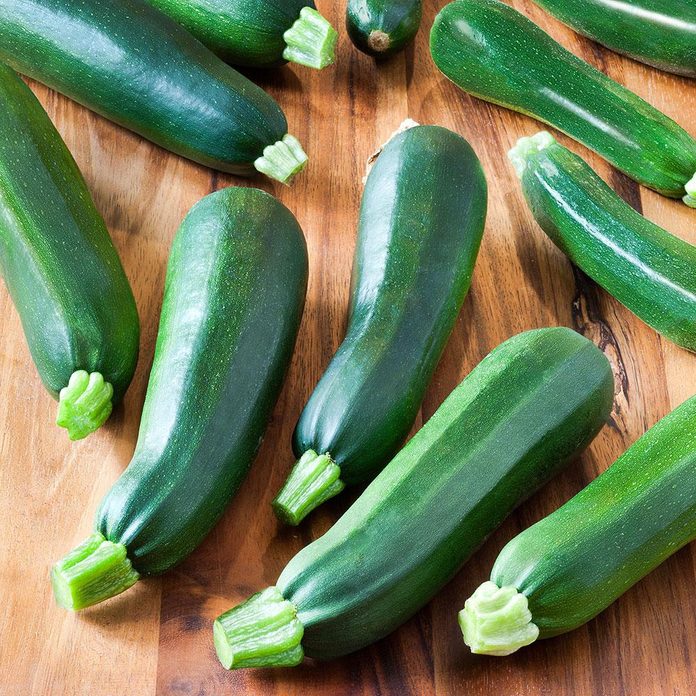
Plant Prolific Zucchinis
$3.78
Zucchinis have a reputation for being so easy to grow and so prolific that gardeners joke about leaving their extras on a neighbor’s doorstep, ringing the bell and running away. Just one plant can yield six to 10 pounds of zucchinis in a single growing season. Plant their seeds directly in your garden or a large container once the soil warms to at least 60 degrees F. They need full sun and moist, easily-draining soil amended with compost. Give them an inch of water each week if there’s no rain, and harvest when the fruits are small (botanically speaking, zucchinis are fruits) and the skins are tender. You can freeze zucchinis or bake them into breads, slice them into strips for pasta, grate them for fritters or chop them into vegetable chilis. They’re also delicious when you know how to roast vegetables until they’re crispy and caramelized.
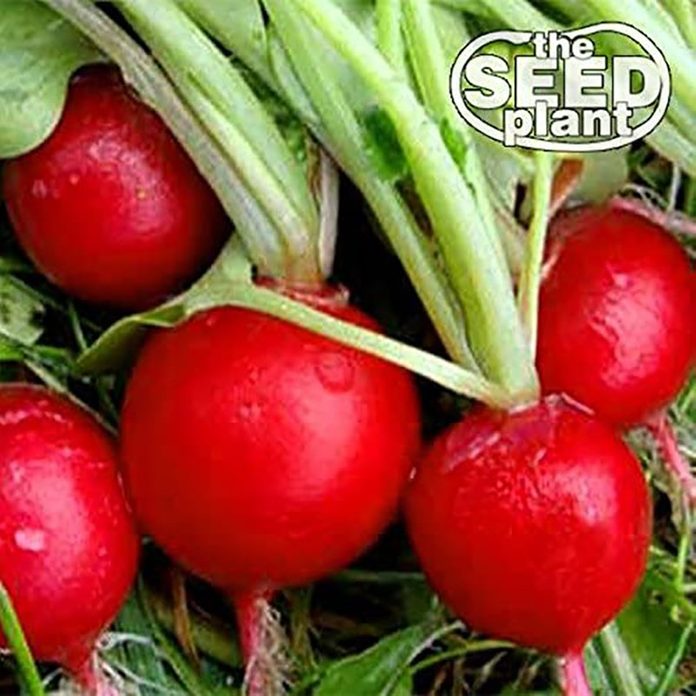
Raise Crunchy Radishes
$2.10
Many gardeners love fresh radishes for that crunch you get when you bite into them, but these simple root veggies are good for more than eating. Because the seeds sprout quickly — often within a week — you can use them in the garden to mark the rows of other crops that don’t come up as fast. Simply sow the seeds outdoors about 1/2 to one inch deep while the weather is still cool. Wait ten days and plant again for a continuous crop until the summer heat arrives, or sow more radishes when the temperatures drop in fall. They’ll thrive in a sunny spot that has loose soil amended with organic matter. Thin the seedlings to two inches apart so their roots won’t be crowded, and keep the plants evenly moist. Some varieties are ready to harvest just three weeks after planting.

Cultivate Cucumbers
$3.49
Like zucchini, cucumbers are prolific and easy to grow. Just give them a spot with moist, fertile soil and lots of sunshine. Start the seeds when the soil warms to at least 60 degrees F., tucking them an inch deep into the ground. They’ll sprout in a few days. Keep them happy with regular waterings. If you didn’t work a lot of organic matter into the soil before you planted, side-dress them with a balanced, soluble fertilizer when the fruits set. The cucumbers are ready to harvest when they’re still small and the skins are tender. To keep a steady supply for the table, make successive plantings. If you’re short on space, train vining cucumber varieties onto a support like a fence or trellis, or plant a bush variety in a container or raised bed. Use your cukes in salsas, salads, gazpacho and smoothies, or turn them into pickles. Did you know you can grow these 12 vegetables in pots?
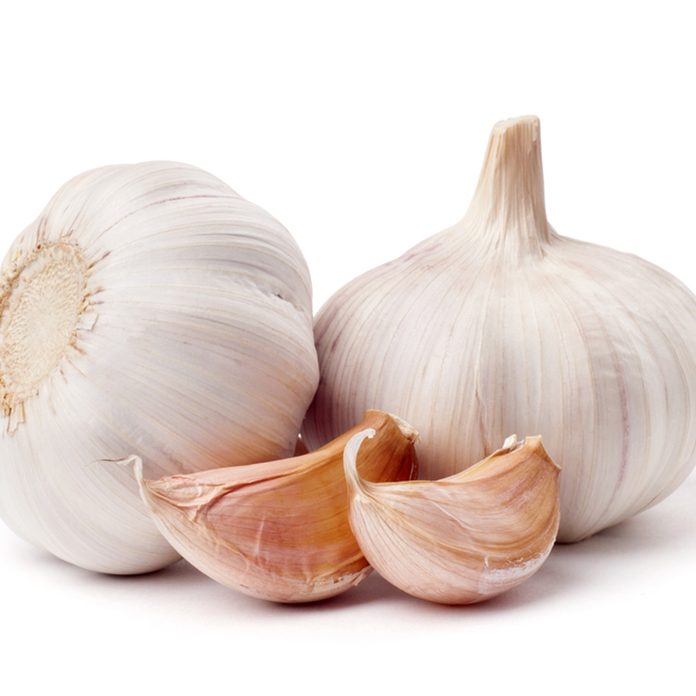
Grow Garlic
$8.74
If you want a low-maintenance vegetable, look no further than garlic, which practically grows itself! In cool climates, hardneck garlic is the best choice, while those with mild winters should grow softneck garlic. Plant about 500 cloves each autumn, harvesting a bounty of homegrown garlic the following summer. Growing tip: After planting, mulch your garlic bed with straw to prevent weeds and hold soil moisture.
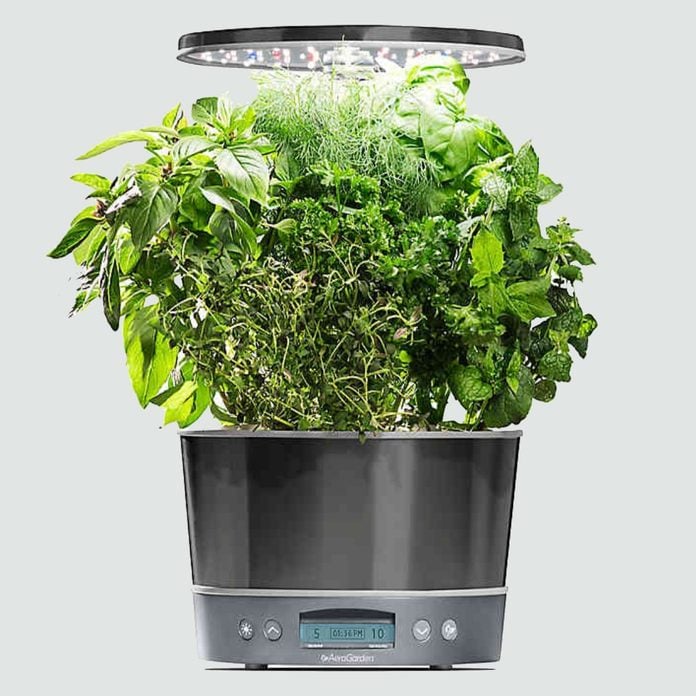
Start Sweet Peppers Indoors
$179.99
Some seeds take longer than others to germinate, and if your growing season is short you’ll want to sow them indoors to get a head start on the season. Take sweet peppers. They’re easy to grow, but they can’t take the cold and should be started eight to ten weeks before your last spring frost. With this seed-starting system, you provide the seeds and tuck them into biodegradable sponges made from sphagnum peat. The reusable tray holds 50 sponges and comes with a bottle of liquid plant food and a guide to get you growing. Transplant the seedlings into your garden or outdoor containers when the weather warms up. You can also use this seed system to grow herbs on a sunny windowsill. Growing herbs and edibles from seeds is cheaper than starting with plants, but a few things can make the task easier.

Plant Tasty Tomatoes
$43.18
The hardest thing about growing tomatoes might be choosing your favorite kind. There are cherry tomatoes, grape tomatoes, heirlooms with rich flavors, Romas for stews, pasta and sauces, and hearty beefsteaks. Gardeners in cool regions may want to start with transplants to save time over growing tomatoes from seeds. The plants need full sun and soil that drains easily. For best results your soil should contain lots of compost and be slightly acidic, with a pH of 6.2 to 6.8. As the plants grow, apply a fertilizer recommended for tomatoes as directed on the label. This raised garden bed with an automatic watering system makes it easy to grow compact or patio-type tomatoes, even in a small space.
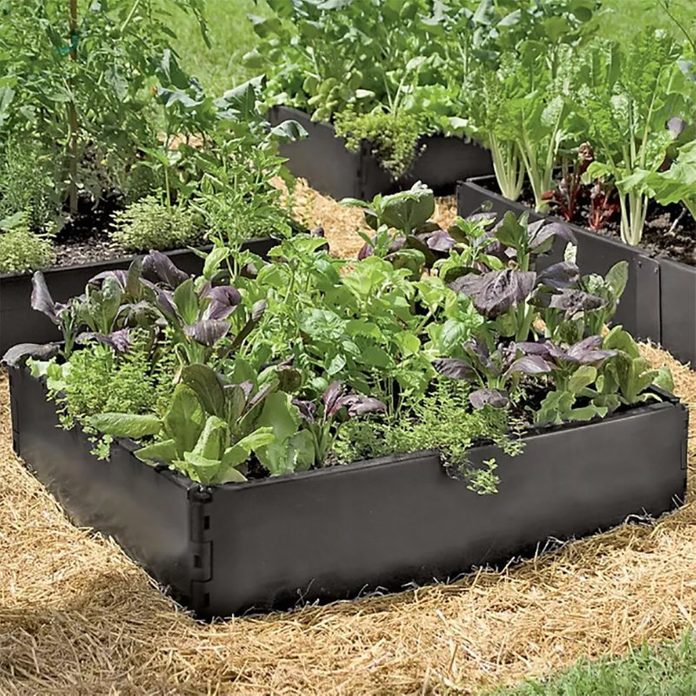
Sow Lettuce for Salads
$54.99
Lettuces are great for beginning gardeners. They grow fast, take full sun but tolerate some shade, and can be tucked between other fruits and veggies or into containers. They’re also available in lots of tasty, colorful varieties. If you don’t have an ideal garden spot — for example, your soil contains a lot of clay or rocks — use a raised bed instead. Add good quality planting soil, you won’t have to dig. The loose soil will also make it easy to pluck any weeds that pop up. Sow your lettuce seeds in early spring or fall and keep the plants watered regularly. Lettuce started in spring will last until the summer heat arrives, and fall-sown lettuce will grow until a killing frost. Harvest the outermost leaves first, but don’t pull up the plants so they can keep producing.
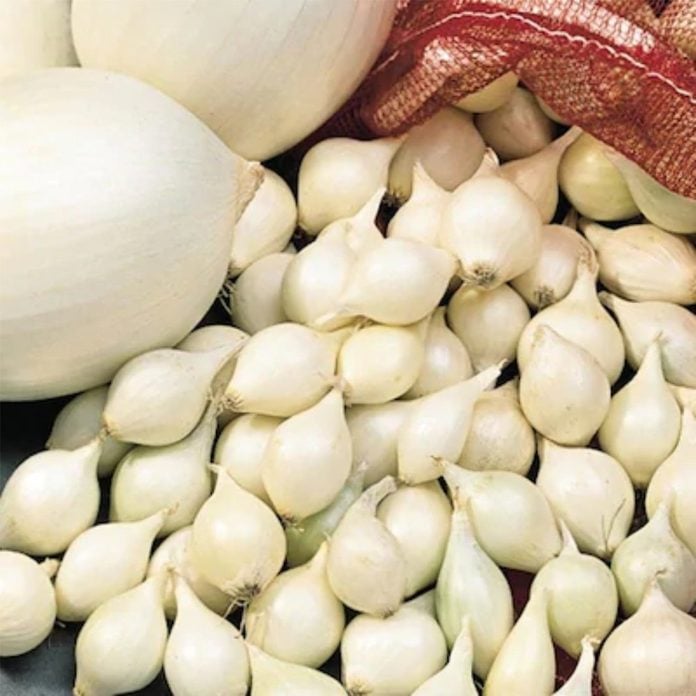
Set Out Onions
$9.99
Make a little hole in the ground, tuck in a bare-root onion seedling, and stand back. In two or three weeks, the small plants will be ready to pull and use as green onions, or you can wait until the bulbs are bigger and then harvest them. Mature onions will let you know they’re ready when their tops turn yellow and bend over. Just brush off the soil and put the onions, with the tops still attached, in a warm, dry, well-ventilated place to cure for a week to 10 days. Then remove the top foliage and roots and store the onions in a cool, airy place until you’re ready to use them. Slice and fry them for onion rings, chop them for salsas and salads, or grill, roast or pickle them. Chopped or sliced onions can be refrigerated in sealed containers for seven to 10 days. With a few easy tricks, you can keep fruits and vegetables fresh longer.
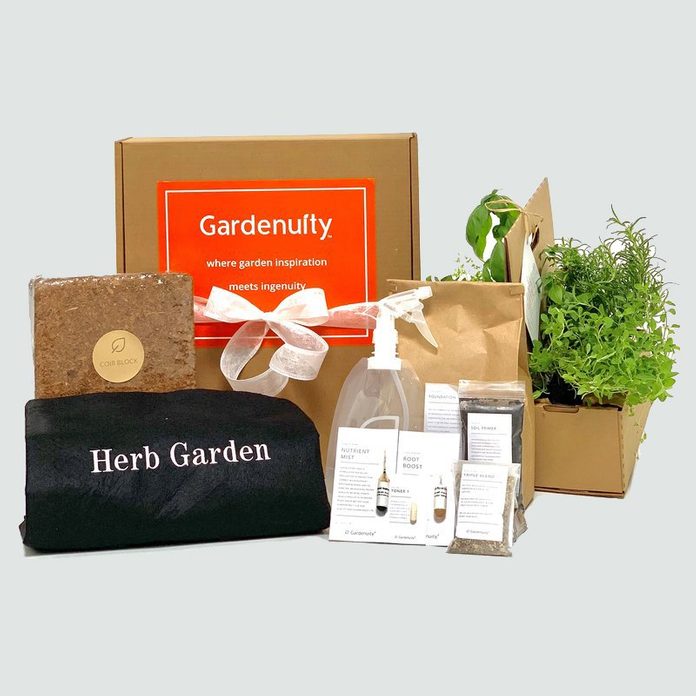
Fill a Windowsill with Herbs
$72
An herb garden makes a thoughtful gift for a housebound friend, or a fun and easy growing project you can enjoy without leaving home. This garden comes with a reusable seven-gallon grow bag, compost, soil and plant nutrients. It also features a “Grow Pro” membership that includes support from gardening experts, weather alerts, watering and harvesting tips and more. You’ll also get an email code so you can have four to six well-rooted plants selected for your growing region shipped to you. Although the types of herbs will vary, you might receive basil to make into pesto, mint to steep for tea, or dill to add flavor to homemade pickles.
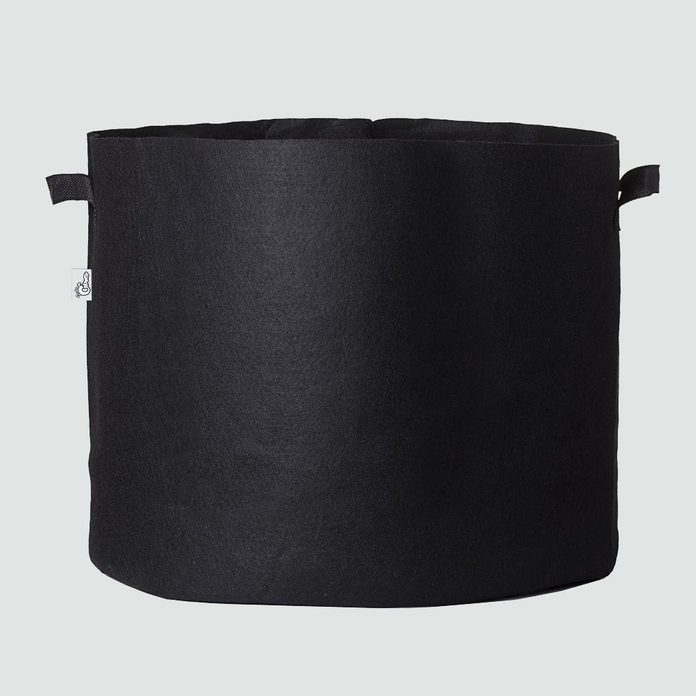
Grow a Bagful of Potatoes
$15.99
Humble, nutritious potatoes are a great choice for beginning gardeners, especially when you use grow bags filled with good potting soil and compost. Start with seed potatoes that haven’t been treated to resist sprouting. Cut them into chunks with two eyes per chunk and let them dry overnight before planting them. Then give them full sun and regular water. Add more soil to the bag when the plants are about eight inches tall, leaving the top set of leaves uncovered. Add more soil when the plants grow another eight inches and repeat this process until the bag is full. When the foliage turns yellow, stop watering and wait about a week before you dig up the potatoes with your gloved hands. Many grow bags are reusable and available in different sizes. Here’s how to store potatoes and onions the right way.
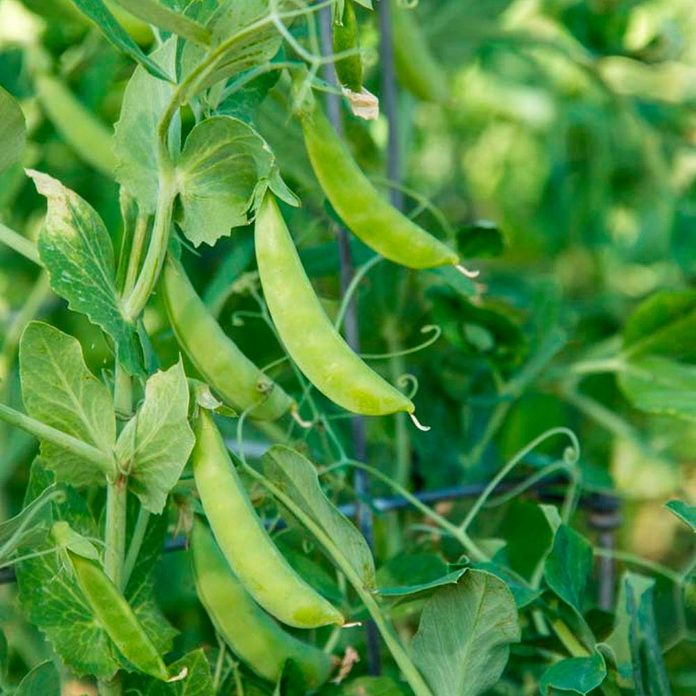
Plant a Bushel of Peas
$3.00
There are lots of delightful types of peas. Choose disease-resistant varieties and you won’t need to do much more than plant them, water regularly and harvest them. Start your peas in cool spring temperatures before the hot weather arrives. For a fall crop, sow your peas in late summer and give them some shade and extra water until the mercury drops again. Sow the peas in wide rows, covering them in spring with an inch of soil and planting two inches deep for a fall crop. They don’t usually need fertilizer, but they do need a deep weekly watering if rain is scarce. For best results, grow your peas, including dwarf varieties, on a trellis or other support. Read your seed packet to know when to harvest, and pick often, so the plants will keep producing. Fresh peas have the best taste, but you can freeze or dry them to use later.
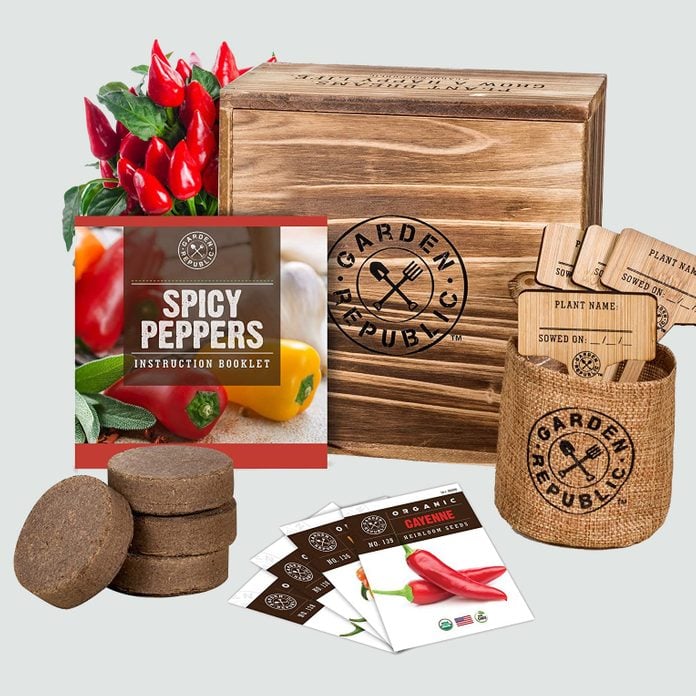
Grow Spicy Peppers for Fiery Flavor
$29.97
You’ve heard that variety is the spice of life — well, so are jalapeños, habaneros and other spicy peppers. Start your pepper seeds in the soil discs that come in this Indoor Garden Pepper Seed Starter Kit. When they sprout, move the seedlings into the fabric grow bags. Use the box as a tray to hold them. When the peppers are a couple of inches tall and the danger of frost in your area has passed, transplant them into a garden spot that gets full sun. Use the scissors from the kit to snip off your peppers when they’re the size you want. Spicy peppers don’t just add heat and flavor to your foods. They also contain capsaicin, which is thought to act as an antioxidant to help fight infection and prevent some types of heart disease.
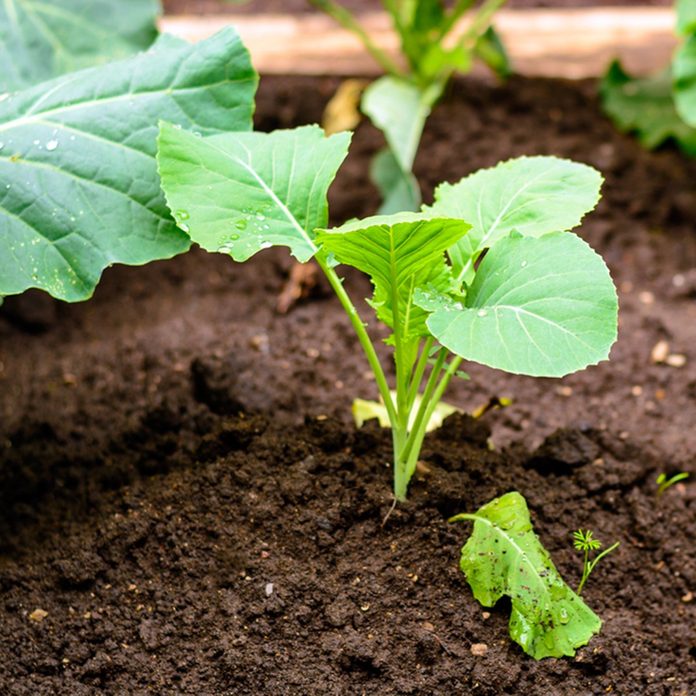
More Produce to Grow
- Kohlrabi. Once you’ve grown this under-appreciated member of the cabbage family, you won’t want to be without it. Depending on the variety, the odd, rounded stems will be soft green or bright purple. You can enjoy them raw or cooked. Buy It: Kohlrabi at Burpee.com
- Celeriac. Also known as celery root, celeriac is a celery cousin that forms a large, knobby root. Use it as a celery substitute in soups, stews and on veggie trays. Buy It: Celeriac at Burpee.com
- Quinoa greens. Typically quinoa is grown for its edible seeds, but did you know the young plants can also be harvested as a nutritious green? Enjoy them as you would spinach.
- Dinosaur kale. This trendy heirloom kale, also known as lacinato kale, is tasty and beautiful with blue-green puckered leaves and a mature form that resembles a palm tree! Buy It: Kale at Burpee.com